20+ SAMPLE Road Construction Proposal
-

Road Construction Proposal Template
download now -
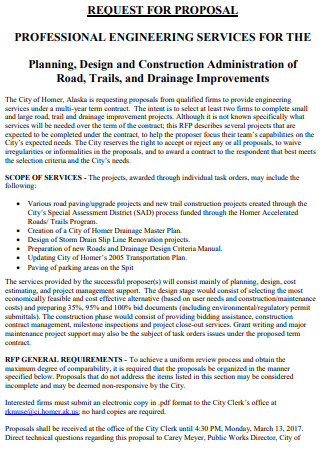
Road Construction Planning Proposal
download now -

Road Construction Project Proposal
download now -
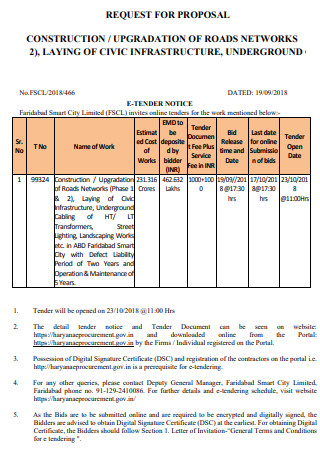
Upgradation of Road Construction Proposal
download now -
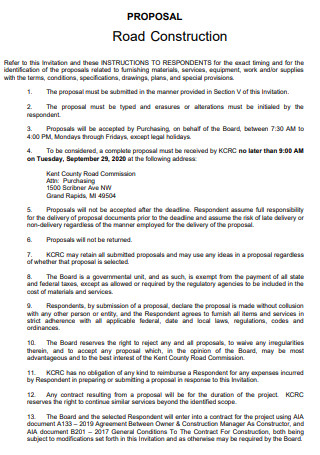
Sample Road Construction Proposal
download now -
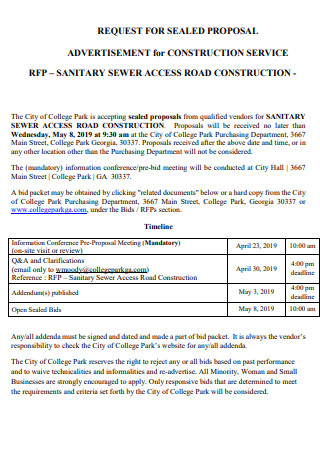
Access Road Construction Proposal
download now -
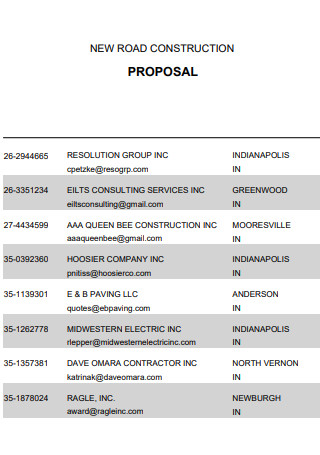
New Road Construction Proposal
download now -
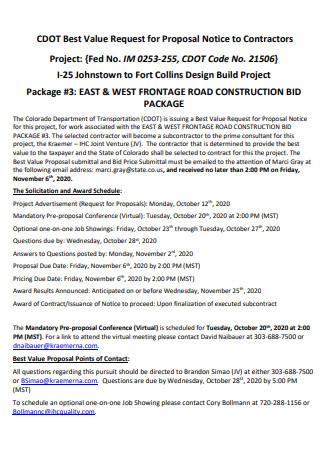
Road Construction Bid Proposal
download now -
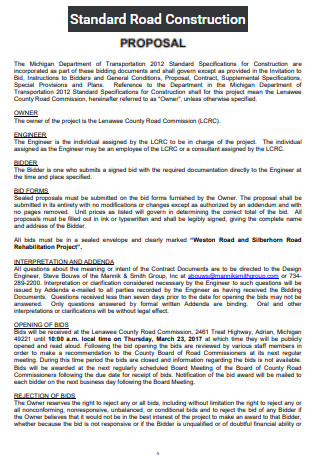
Standard Road Construction Proposal
download now -
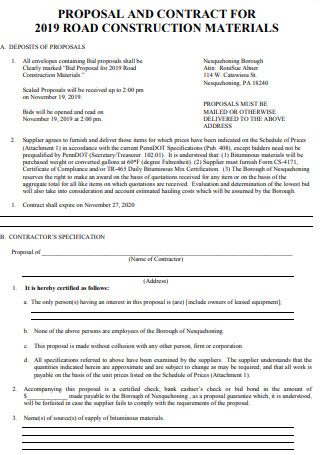
Road Construction Materials Proposal
download now -
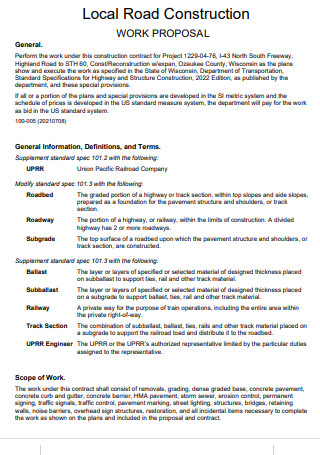
Local Road Construction Proposal
download now -
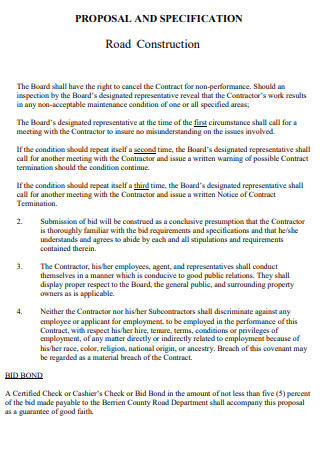
Simple Road Construction Proposal
download now -
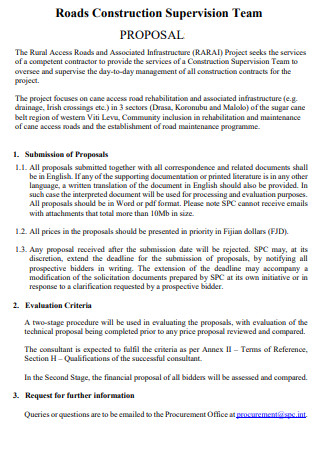
Roads Construction Supervision Proposal
download now -

Roads Design And Construction Proposal
download now -
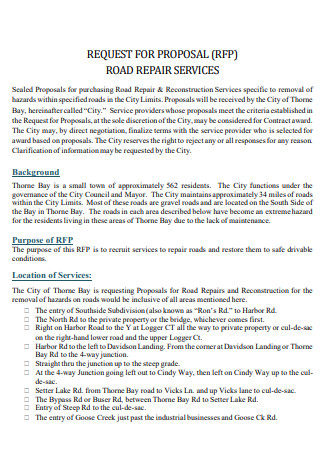
Road Repair And ReConstruction Proposal
download now -
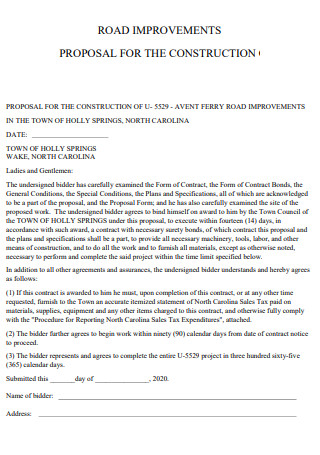
Road Construction And Improvement Proposal
download now -
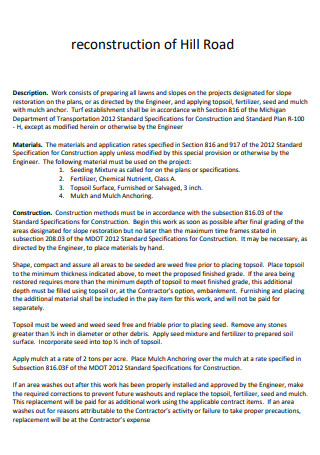
Road ReConstruction Proposal
download now -
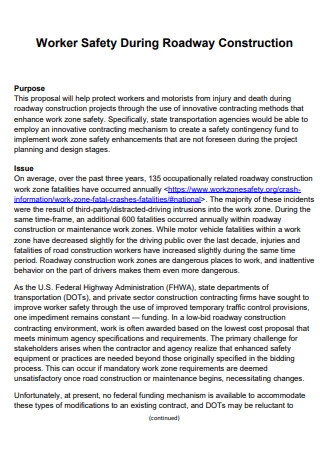
Safety During Roadway Construction Proposal
download now -
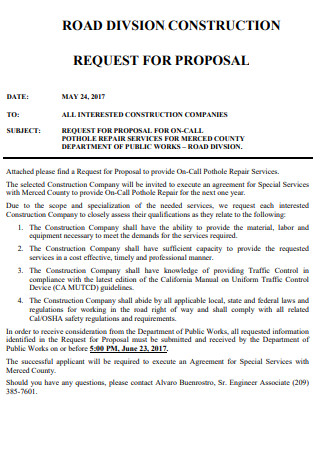
Road Division Construction Proposal
download now -
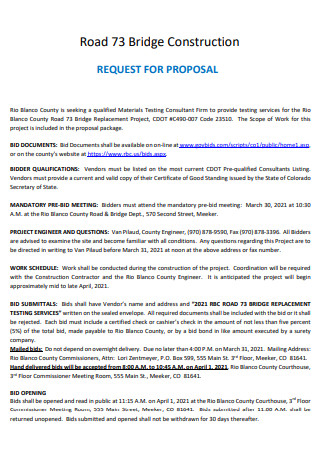
Road Bridge Construction Proposal
download now -
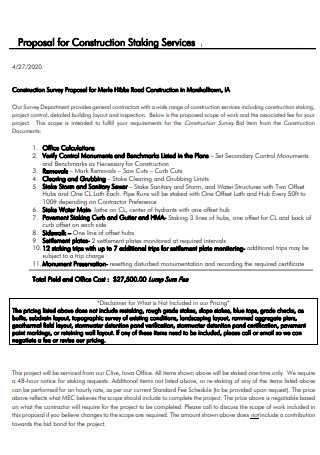
Road Construction Services Proposal
download now
FREE Road Construction Proposal s to Download
20+ SAMPLE Road Construction Proposal
What Is a Road Construction Proposal?
Types of Roads Based on Construction Materials
Advantages of Road Construction
Steps On How to Make a Road Construction Proposal
FAQS
What Are the Different Road Types Based on Location?
How Frequently Is a Road Maintained?
Why Is Road Construction Important?
What Is a Road Construction Proposal?
A road construction proposal is a written document that details a road construction project. It includes a conceptualization of the road development as well as a preliminary engineering survey report for the area. The financial budget to be allocated for the project is one of the details included. Depending on the goal of the road construction project proposal, thorough analysis plans may be included. Plan, for example, how to handle the safety issue caused by frequent accidents in the neighborhood. Typically, additional surveys are conducted in both the engineering and community welfare aspects. It also addresses the issue of obtaining the right of way.
There are numerous steps in a road project, the first of which is an extensive analysis of the data. Then there are the engineering and environmental reviews to be completed. As well as the project’s funding and how it will have a substantial influence on its surroundings. After the subject is addressed, a proposal is typically given for a hearing. Its purpose is to tell the public about the initiative. Local or national governments frequently undertake road construction projects. Constructors may also bid on the project’s work contract agreement or the road construction agreement.
Types of Roads Based on Construction Materials
Before constructing a road, it is necessary to determine the type of road that will be developed. These roads can be classified based on their design, function, location, or material. Roads are beneficial to the transportation business plan and industry, and the type of road matters for vehicles. Before proposing a road project, one should consider how it will be used. It is critical to determine what type of vehicle would frequently pass through it. The next sections will discuss the various types of roads based on the materials utilized.
Advantages of Road Construction
Large road construction projects necessitate the presence of proper management. Since road projects primarily serve the interests of a community, the government is normally in charge of making proposals. However, there are numerous advantages to constructing a road. Any printed road construction project pdf is never a waste of time. It only requires financial backing and some solid engineering.
Steps On How to Make a Road Construction Proposal
Roads provide humanity with access to education and flexibility. It enables transportation vehicles to thrive, readily ferrying people to their destinations. A road construction proposal is an admirable goal. Only if the appropriate intention is present. Roads provide opportunity to progress and travel. A road construction plan is a good way to explain those intentions. Making one may be a difficult task to begin with. Here’s how it works:
Step 1: Survey
After you’ve developed the concept and objectives for your road construction plan, the next step is to conduct extensive research. Engineering surveys pertaining to the feasibility of road development in the area. Accidents and their causes are the subject of surveys. This type of survey is relatively crucial because it will help determine what type of road should be developed. There are additional surveys focusing on its environmental impact. The area’s vulnerability to floods, as well as the condition of the soil itself. It’s also a good idea to perform a survey inside the community to see how it affects people. The people’s input would also be very important in the construction of public roadways.
Step 2: Materials and Equipment
Materials vary depending on the type of road. The number of materials to be utilized would also be affected by the road’s location and design. Highways would necessitate the use of more materials. The equipment used to create roads may differ depending on the materials involved. Identifying both the materials and the equipment is critical for allocating financial resources and defining a timetable.
Step 3: Budget and Timeframe
The construction budget should be highlighted in the proposal. The estimated labor and material costs. The timeframe is also important because it may cause traffic and inconvenience in the community. The construction work shift schedule should also be included in the period. Late at night, when there is less traffic and people are not inconvenienced, is usually recommended. The timeframe is especially critical since the construction would hinder many businesses and people. Most obviously, in urban areas.
Step 4: Scope
The project’s scope should be defined. This covers the area of land that will be developed for a road. It also lists the territories that will be affected, as well as the houses that must be demolished. There may be areas on highways that must be closed off to prevent construction accidents. The scope must include everything that will be impacted, as well as an alternative for the inconvenience it will cause. That way, the proposal is more likely to be approved.
Step 5: Objectives
When creating any form of proposal, objectives are essential. The goal must be clear and underlined throughout the proposal.
FAQS
What Are the Different Road Types Based on Location?
Roads are classified into four groups based on their location and function. National highways are a well-known example. National highways run the length of the country, connecting major cities. The second type of road is state highway, which connects important places inside states. The third category is district roads. District roads connect cities as well as minor and large districts, as well as markets. It’s an example of farm to market road project proposal. Finally, there are rural roads. Rural roads are those built within a certain village community. Typically, gravel or kankar road is used.
How Frequently Is a Road Maintained?
The materials used in road building would have an impact on road maintenance. The more supple and prone to raptures and tears it is, the more frequently it must be maintained. Concrete and bituminous roads require minimal maintenance and can last for 20-40 years. They can withstand heavy traffic and are not readily torn apart because they are more durable and harder.
Why Is Road Construction Important?
Road construction is crucial because it provides access. They also design routes that reduce traffic, transportation expenses, and travel time. Roads enable transit to take place in a single location. It allows a community to go beyond its four walls.
There’s no doubting that any form of road is a step forward. However, there is also the issue of environmental impact to consider. A well-planned road project, on the other hand, would stress the advantages. So, don’t be afraid to print any rural road construction project proposal pdf or explore the above road project proposal example and road construction proposal templates!
